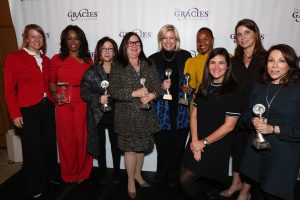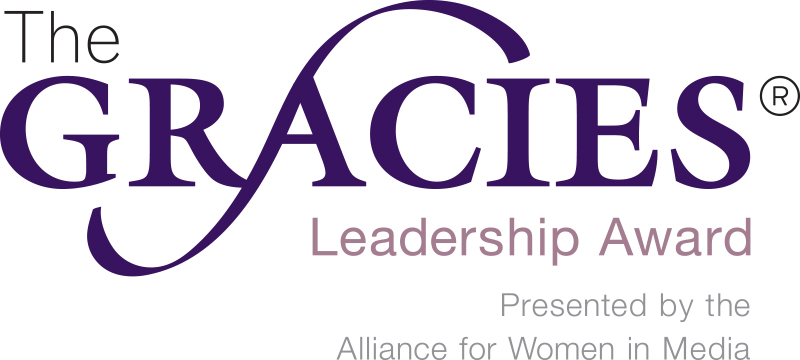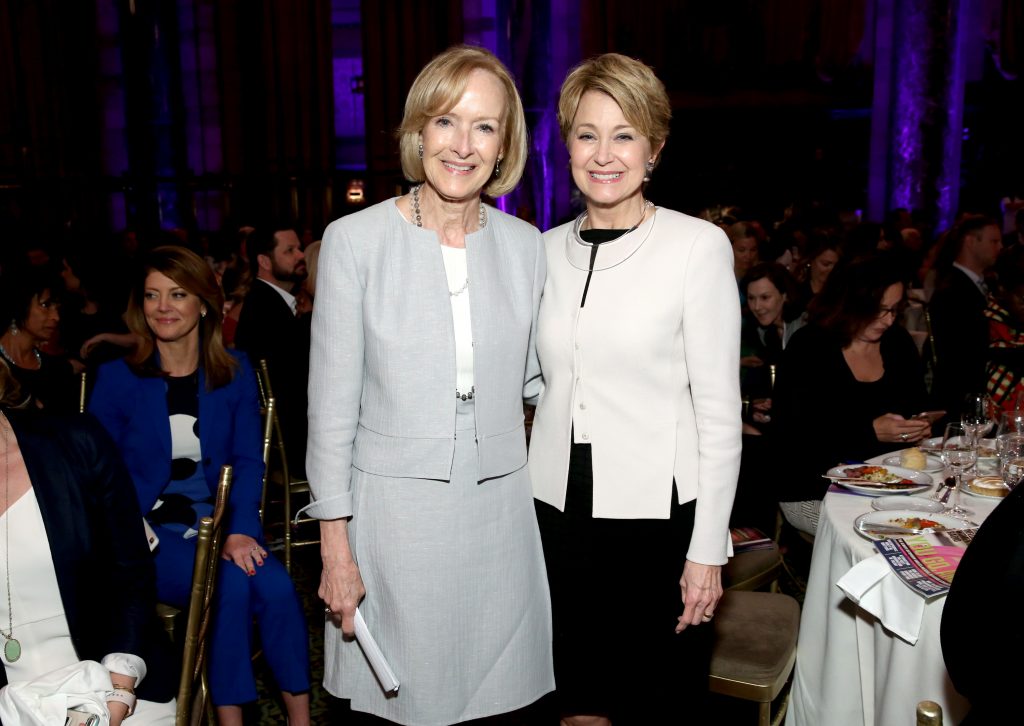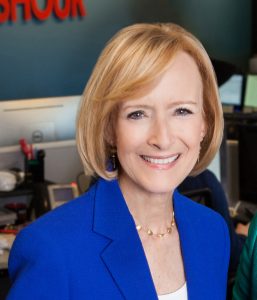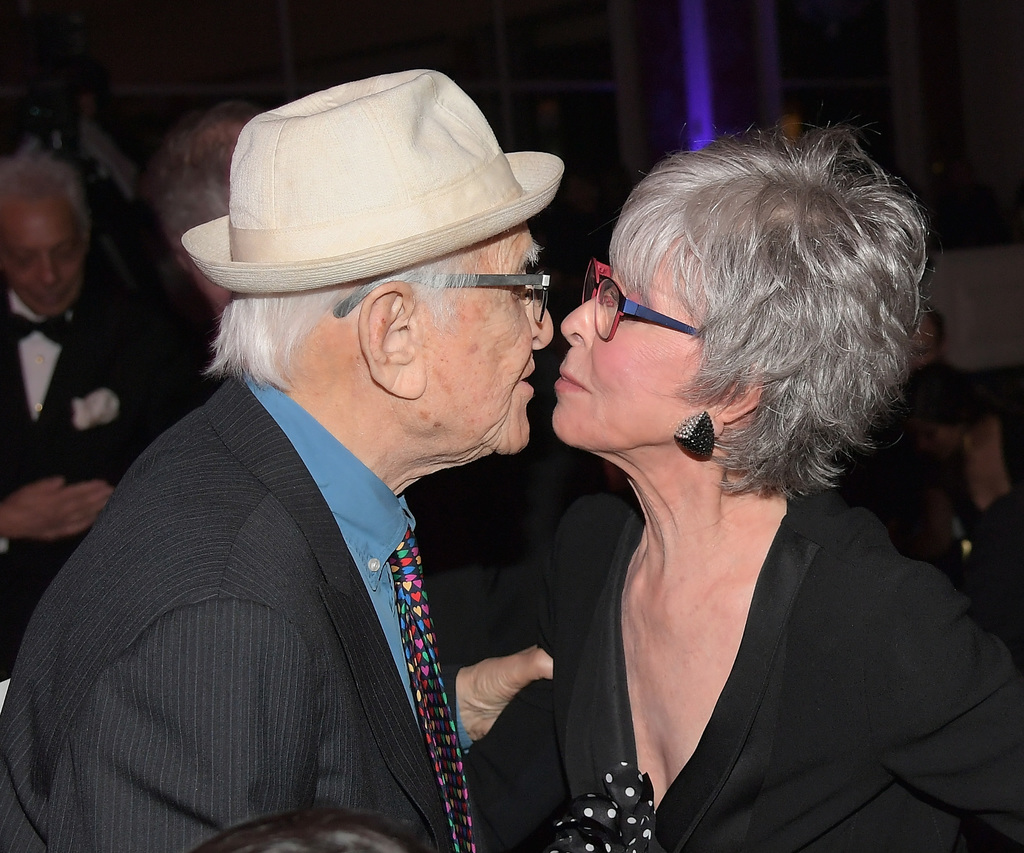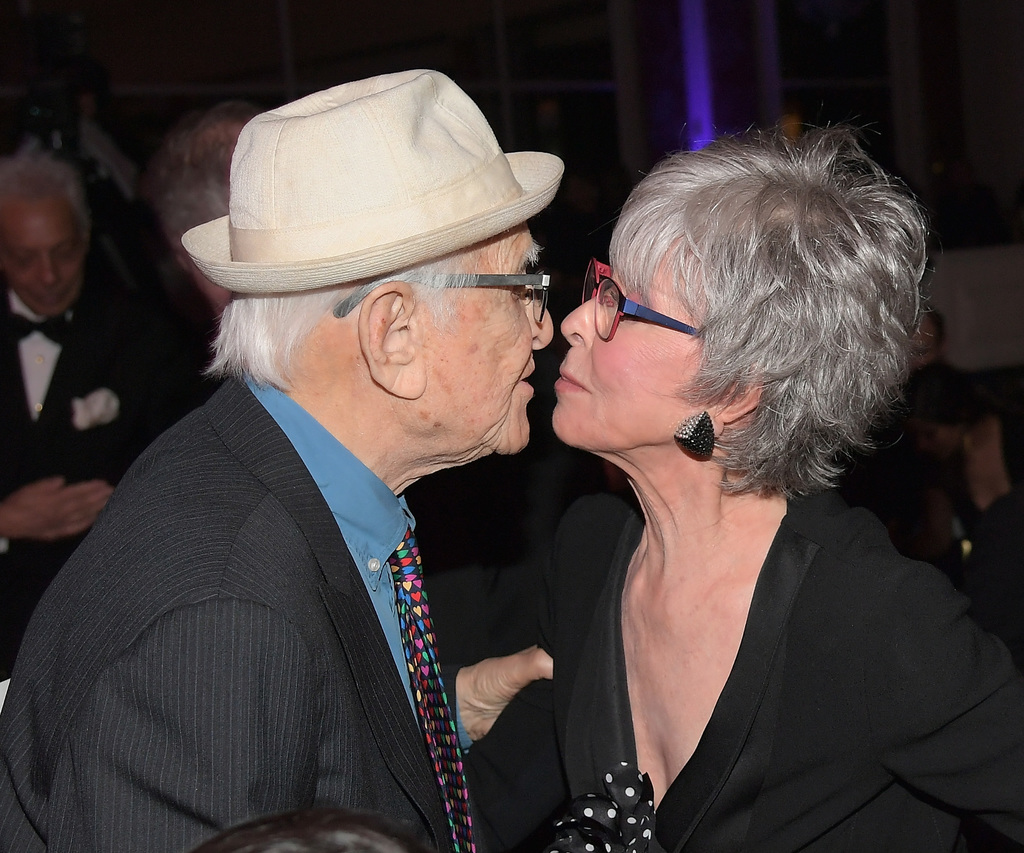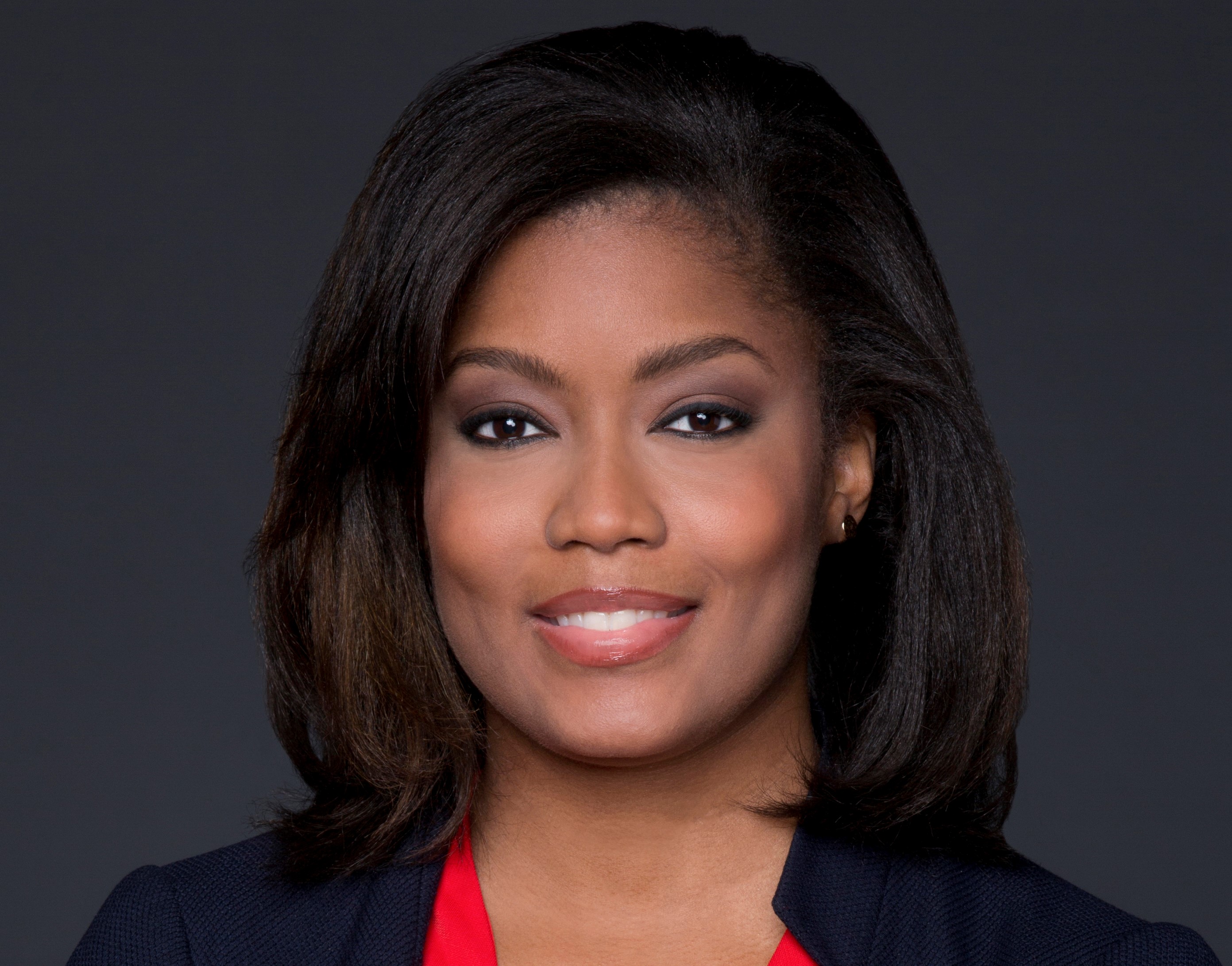By Grace Kim, MPH
In the current hyperconnected age, digital literacy is essential to the development of 21st century skills, as creativity, critical thinking, collaboration, and communication are increasingly conducted through computers, social media, and the internet. The current generation of youth is one defined by media and technology. Generation Z, consisting of those born between 1996-2010, is the first generation to be raised in the era of smartphones, and many do not remember a time before social media (Williams, 2015). Stories of young people who become the digital elite demonstrate their new roles as creators and influencers and have become celebrated narratives of technological progress and entrepreneurial savvy as they discover new, innovative uses for media and technology (Burwell, 2010). Not only is the prevalence of smartphone access among youth essentially universal, a growing share of teens now describe their internet usage as nearly constant with 45% of teens saying they use the internet “almost constantly,” a figure that has nearly doubled since the 2014-2015 Pew Research Center survey (Anderson & Jiang, 2018). With this kind of technology easily accessed at our fingertips and the near constant usage of these technologies, new skills and competencies are needed to equip youth to engage in society.
While digital literacy is often framed as an educational issue, the constantly changing media and technology landscape increasingly requires digital literacy for everyday activities and an engaged citizenship, and has reverberating implications on health, well-being, and quality of life. As such, digital literacy should also be considered an urgent public health issue. In this essay, we describe how a collaboration between public health and entertainment can be used to better understand digital literacy and form opportunities to improve youth digital literacy levels. The aims will be to: (1) discuss the importance of digital literacy in the context of public health, (2) review existing digital literacy interventions and the potential limitations of restricting these interventions to the classroom, and ultimately (3) identify entertainment education as a unique opportunity for public health and the entertainment and media industry to work together to improve digital literacy in youth populations.
Digital Literacy for Public Health
Since its origin, the definition of digital literacy has had to constantly adapt to new technologies and new ways in which users interact with these technologies. Definitions have shifted away from protection or inoculation and towards empowering individuals to engage with media (Bulger & Davison, 2018). Digital literacy takes into account the full range of skills needed to read, write, speak, view, and participate in online spaces (Turner et al., 2017). The aim of these core competencies is responsible digital citizenship, an understanding of citizens’ rights and responsibilities online, a recognition of the benefits and risks, and realization of the personal and ethical implications of actions in the digital space. In sum, the goal is to empower individuals to be smart and effective participants in the digital world (Partnership for 21st Century Learning).
Although digital literacy has traditionally been discussed in the context of education, digital literacy is also fundamental to public health. The World Health Organization defines health as “a state of complete physical, mental and social well-being and not merely the absence of disease or infirmity” (World Health Organization, 2018). At an individual level, digital technologies allow us to participate in everyday activities—access internet to do homework, shop online, communicate with one another, or check real-time traffic conditions, demonstrating how digital literacy can contribute to individual quality of life (Tomer & Lee, 2015). Digital literacy has also become increasingly important to public health as digital technologies have changed the way through which we obtain health information and access care. For example, as health records, medical appointment scheduling, and health information move to digital platforms, individuals must become digitally literate to access these resources and receive timely and appropriate care. Of particular concern among public health researchers has been how the media can influence audiences regarding risky behaviors, such as increased propensity for violence or body dissatisfaction (Potter, 2013). In response, interventions implementing an educational curriculum in classroom, community, and lab settings have been designed to foster resiliency and help young people be critical of the media they consume. This body of research has found digital literacy interventions to have positive, counteracting effects related to risky and antisocial behaviors, including violence and aggression, alcohol and tobacco use, body image issues, eating disorders, and commercialism (Halliwell, Easun, & Harcourt, 2011; Jeong, Cho, & Hwang, 2012; Kupersmidt, Scull, & Austin, 2010).
Navigating digital technologies also plays a role in public health at a community and societal level. The wellbeing of individuals in a community is influenced by how well the community functions, not only in terms of ensuring equitable distribution of the determinants of health, but in terms of the processes of governance in the community such as the degree of participation, the degree of social cohesion and the extent of civic engagement (Hancock, Labonte, & Edwards, 1999; National Civic League, 1993; Putnam, 1993). Given digital technologies are considered central to cultural, civic, and economic participation (Aabo, 2005; Meyers, Erickson, & Small, 2013), digital literacy empowers individuals to be active participants in their communities. For example, online advocacy, social protest, “liking,” sharing, and remixing media demonstrate digital technologies’ increasing capacities for political engagement, advocacy, and social justice (Cohen C & J, 2012; Mihailidis & Thevenin, 2013; Turner et al., 2017). Thus, digital literacy can improve community functioning, which, in turn, has positive effects on individual health outcomes.
Clearly, the costs of digital illiteracy are high. Digital literacy has major health implications over an individual’s life course. Although we often assume that young people are digitally literate, there is some research that reveals disparities in digital literacy, with lower digital literacy associated with lower socioeconomic status and racial and ethnic minorities (Hargittai, 2010; Rampell, 2008). These disparities may have reverberating effects later in life. Digital literacy equips people with the skills and capacities to pursue higher education and obtain higher paying jobs due to most jobs now requiring basic computer skills and an expanding job market that is technology-driven (Tomer & Lee, 2015). Substantial literature supports the influence of socioeconomic status on health outcomes via mechanisms of social capital and access to resources (Phelan, Link, & Tehranifar, 2010). The U.S. has gambled on broadband being a great equalizer (West & Karsten, 2016) but, in order to achieve this goal, and take advantage of the resources that broadband presents, citizens must be able to understand how to use the internet to access and interpret the information available. This reinforces that digital literacy training must occur in early life stages, thereby increasing opportunities for youth to succeed. Given digital literacy is also a public health concern, it implores us to explore how a public health perspective can contribute to improving youth digital literacy and address persisting disparities.
A Review of Digital Literacy Interventions
Digital or media literacy interventions typically involve an experimental treatment that provides people with the tools that increase awareness and promote deeper understanding of the underlying meanings contained in media messages (Potter, 2004). The goal is to build the cognitive skills required to process media messages in a more active way and use these tools to defend themselves against the potential negative effects of media (Byrne, 2009; Potter, 2004). A meta-analysis of media literacy interventions reports that digital and media literacy interventions are generally effective as having significant positive effects on outcomes including media knowledge, criticism, perceived realism, influence, behavioral beliefs, attitudes, self-efficacy, and behavior (Jeong et al., 2012).
What emerges from a review of the existing literature of digital literacy interventions is that interventions have been largely limited to the classroom {Colwell, 2013 #25}(Colwell, Hunt-Barron, & Reinking, 2013; Sefton-Green, Nixon, & Erstad, 2009), and the majority of media literacy efforts in the U.S. remain focused on teacher training and curricula development (Bulger & Davison, 2018). These curricula often focus on protection with digital literacy as a means to defend oneself from the potentially harmful effects of media. For example, in health, media literacy often means helping youth decipher implicit messages in media and increasing awareness of the media as a business of selling products and behaviors that often are not good for them (Brown, 2006). The assumption behind these interventions is that youth will become more critical of the media they consume and will be less likely to engage in unhealthy behaviors promoted by the media (Brown, 2006). Although these critical evaluation skills are important, these kinds of interventions tend to narrowly focus on the media as having a negative or harmful influence on audiences. What has been largely absent in the digital literacy intervention literature is using the powerful influence of media for the social good.
While it remains essential to continue efforts to incorporate digital literacy into school curricula, studies have identified barriers to implementing digital literacy curriculum and integration of digital technologies into classroom instruction, including competing demands, lack of appropriate professional development for teachers, and teacher attitudes towards the importance of digital literacy training (Colwell et al., 2013; Hutchison & Reinking, 2010, 2011). Moreover, learning digital literacy not only occurs in schools, but also in the home and other informal settings, such as social environments with friends and online communities (Meyers et al., 2013). Given the challenges in implementing digital literacy interventions in classroom settings, innovative approaches to supplement classroom instruction on digital literacy are needed. Thus, it is timely to explore how collaborations between different disciplines can allow for a more integrative, holistic approach to improving youth digital literacy.
Interventions have long focused on personal responsibility where individuals are expected to negotiate the risks and opportunities of the online world, rather than the responsibilities of the community, state, institutions, or developers of technologies to support individuals (Bulger & Davison, 2018). Consequently, there has been a recent surge of efforts to foster news literacy, media literacy, and digital citizenship among corporations, policy makers, non-profits, and national organizations to create curricula, resources, and instructional materials for parents and educators, fund and conduct research, and expand corporate initiatives to protect and empower users (Bulger & Davison, 2018). For example, in 2017, Facebook initiated their Journalism Project aimed at improving the media literacy of its users (Bulger & Davison, 2018). This involved establishing collaborations and partnerships between Facebook and the news industry, developing a series of PSAs promoting news literacy, improvements on the Facebook platform to curb the spread of misinformation, and bringing together experts to help decide on what new research to conduct and projects to fund (Simo, 2017). Although these sectors are making steps towards supporting digital literacy, what remains largely unexplored is how entertainment and television can also engage in this nationwide effort.
An Opportunity for Entertainment Education
Digital literacy represents a unique opportunity for collaboration between public health and the entertainment and media industry via entertainment education. Entertainment education (or edutainment) incorporates health and other educational messages into popular entertainment media with the goal of positively influencing awareness, knowledge, attitudes, and/or behaviors (Moyer-Gusé, 2008). While there have been media-based interventions that aim to build digital literacy by critiquing films or television shows, using entertainment education to improve digital literacy has largely been an untapped avenue. However, digital technologies are already central to storylines of popular young adult television series, such as Pretty Little Liars and Gossip Girl, supporting the potential for the development of entertaining storylines that can educate audiences about skills, strategies, and responsibilities of navigating the internet, social media, and other digital technologies in a way that is relevant and resonating with today’s youth audiences.
One potential framework that may serve as a tool for interested producers and screenwriters is the Sábido Methodology. The Sábido approach uses the soap opera melodrama to communicate prosocial messages. Often credited with the beginning of entertainment education (EE), Miguel Sábido, a Latin American artist and intellectual best known in Mexico for his theater and television works, created a methodology articulating a theoretical and empirical research-based formula to construct media messages that initiate socially desirable attitudes and behaviors (Nariman, 1993). A central pillar of the Sábido approach is role modeling. Thus, there are characters that represent the socially desirable behavior and consequences when characters rebel against the behavior. Through these narratives, spectators can learn how they would handle or overcome similar experiences.
More recently, this approach has been applied in the Hulu original East Los High. With an all Latino cast and crew, East Los High utilizes principles of EE and transmedia storytelling to reach, engage, and ultimately influence young Latino/a American knowledge, attitudes, and behaviors as a response to persistent challenges in teen pregnancy and adolescent sexual and reproductive health (Wang & Singhal, 2016). A recent evaluation of the show’s first season demonstrated wide audience reach, strong viewer engagement, and a positive cognitive, emotional, and social impact on sexual and reproductive health communication and education (Wang & Singhal, 2016). The show also demonstrated success by being consistently rated as a top show on Hulu and drawing 1 million unique visitors each month to the Hulu Latino webpage (Wang & Singhal, 2016). Similarly, producers may use the Sábido approach to create content that can model socially desirable behaviors around best practices with digital technologies in an engaging, but safe environment for adolescents. Population Media Center, which helped produce the first season of East Los High, describes the process of developing entertainment education content in 5 steps.
| How is an entertainment education show constructed? (Population Media Center, 2018)
1. Know your audience. Conduct ethnographic and formative research to understand the realities, issues, opportunities, and challenges that the target audience experiences. This research should inform character development, storylines, media placement, and issue treatment, so that they can better resonate with target audiences.
2. Integrate behavior change theory. Understand how people learn and make decisions, and the factors that contribute to their attitudes and behaviors. The show content is designed to motivate the audience to adopt certain behaviors, create self-efficacy, and build resiliency. The format of the show is also derived from behavior change theory, requiring storylines to extend over many episodes and involve characters that behave as role models that face similar struggles, such that audiences can learn how to handle similar challenges.
3. Integrate entertainment-industry insight. In order to address sensitive topics and provide knowledge, improved sense of agency, and the desire to adopt new behavioral options, audiences need to be engaged and entertained to be willing to hear the messages presented on the show.
4. Monitor and evaluate the show and its impact. Continuous monitoring and evaluation of each show ensures programs are on track and provide learning for current and future programs.
5. Ensure culturally-specificity. Not only should the storylines and the presentation of the health issue be relatable and culturally-specific, but the creative and production process should also be culturally-specific. In other words, hire local writers, actors, and production staff from target audiences whenever possible. The team should be trained in the methodology for show creation and for overall operating procedures, including show marketing, monitoring and evaluation, and others. |
| Resources
Population Media Center: https://www.populationmedia.org/our-approach/shows/
Nariman, H. N. (1993). Soap operas for social change: Toward a methodology for entertainment-education television. Westport, CT: Praeger Publishers. |
Storylines relevant to digital literacy are already present in television entertainment. Popular shows like the recently renewed series Will & Grace, which is known for its subtle but poignant cultural commentary, has addressed pertinent issues such as fake news and how the internet and social media play a role in politics and democracy.
Another example is the 2017 film Ingrid Goes West, a black comedy exploring society’s conflicting feelings towards social media, which won best screenplay in the U.S. Dramatic Competition at Sundance (Variety, 2017). The story follows the story of Ingrid Thorburn (Aubrey Plaza), a young woman who moves out to California in hopes of befriending her new Instagram obsession—social media “influencer” Taylor Sloane (Elizabeth Olsen). In interviews with the cast and producers, they discuss how the film serves as a social critique of social media and the online generation (The New York Times, 2017). Through humor and wit, the film addresses issues of loneliness and isolation, authenticity, obsession and online versus real connection and ultimately encourages constructive discussion around the use of social media and digital citizenship.
As these recent examples have shown, there is ample opportunity for television and film to create educational, yet entertaining content about digital literacy for youth audiences. These kinds of storylines are not only entertaining, but also tap into the current zeitgeist about the implications of digital technologies on daily life. Entertainment education takes this a step further, such that prosocial messages are carefully constructed based on comprehensive, formative research about the target audience and their experiences with the issue at hand. One of the many strengths of entertainment education is that including digital literacy messages into popular media can increase reach and affect audiences at a larger scale than a typical classroom-based intervention. Further, transmedia narratives can complement entertainment education efforts to create immersive experiences that allow audiences to engage with the educational material on television and apply digital literacy skills across platforms in innovative ways. Just as entertainment education has proven to be an innovative, effective communication platform in the field of public health, television can have a powerful role in teaching digital literacy through the power of storytelling, role-modeling, and audience engagement.
(References available separately.)

